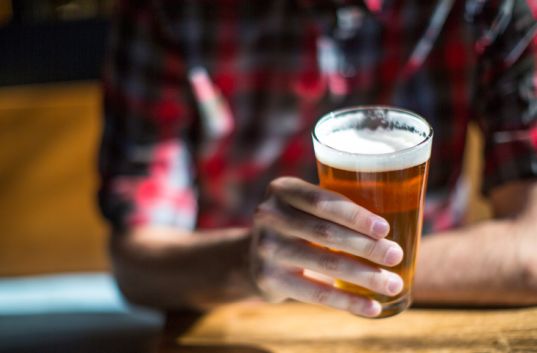Drinking cultures of Rainbow New Zealanders
There is growing interest in how drinking cultures may be shifted to reduce alcohol-related harm. In New Zealand, there is a lack of research on alcohol use and other aspects of drinking culture in Rainbow New Zealanders (ie, people with diverse sexual orientations other than heterosexual, diverse gender identities and experience, and diversity of sex characteristics), although international research shows that sexual minority populations have higher rates of heavy alcohol use and alcohol-related problems, compared with heterosexual populations.
This qualitative research project investigated social, cultural and political influences on alcohol consumption among Rainbow New Zealanders. The project had a particular focus on how practices common in everyday culture and community norms and expectations impact on drinking. Twenty-four focus groups involving 131 participants were undertaken across six cities to obtain views about drinking within Rainbow communities.
Acknowledging and understanding the diversity within and across Rainbow people and communities was viewed by many participants as critical in order to understand drinking among Rainbow people. Rainbow drinking should also be viewed within the context of New Zealand’s drinking culture. The research identified a number of other factors influencing drinking behaviour and practices - Rainbow-specific norms, including the use of alcohol in Rainbow-safe venues, the role of alcohol in facilitating connections with others, experiences of oppression and exclusion, and using alcohol as a way to create and maintain identities.
A number of potential ways to prevent or reduce alcohol-related harms were also identified by participants, including re-shaping drinking norms, understanding the underlying reasons for Rainbow people drinking and their experiences, ensuring Rainbow people are visible in mainstream promotions, exploring ways to promote and communicate alcohol messages to the Rainbow community, and encouraging policy and services to be safe and accessible to Rainbow people.

